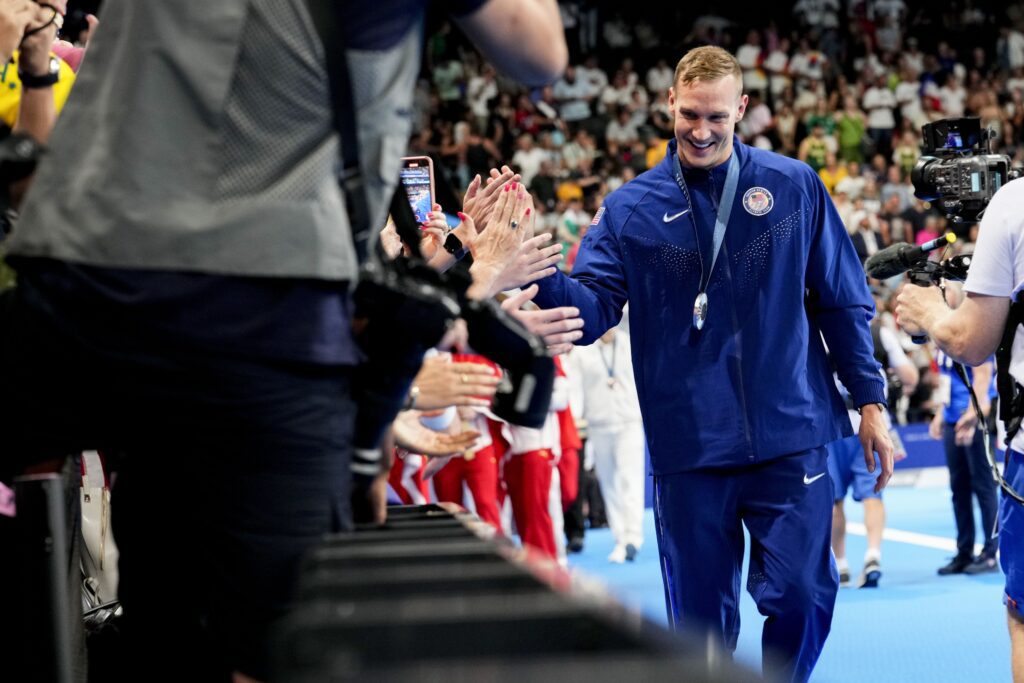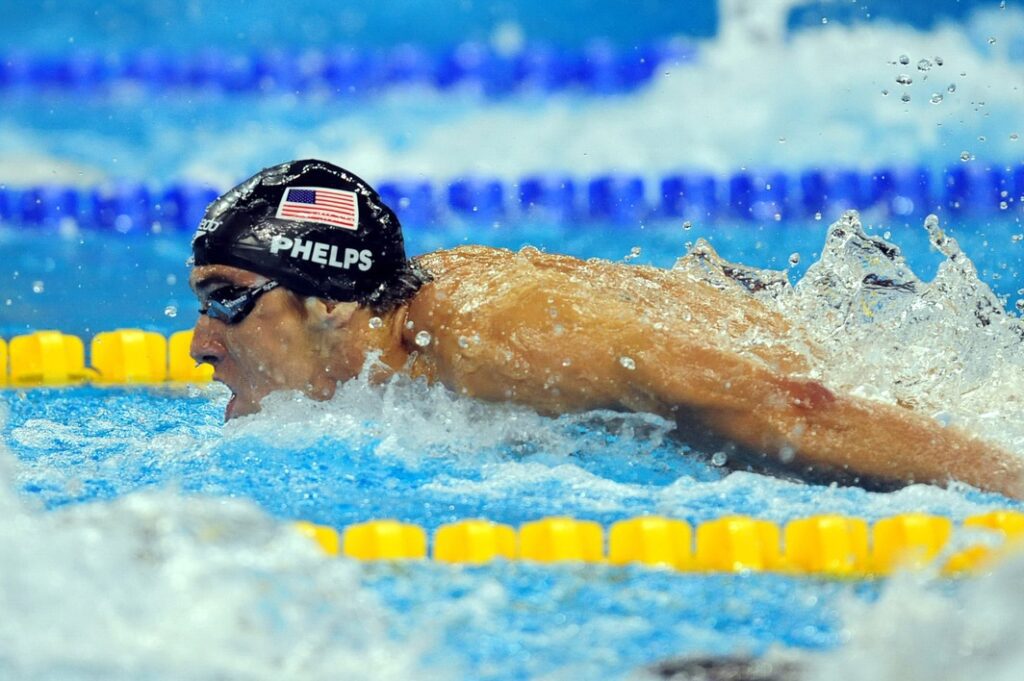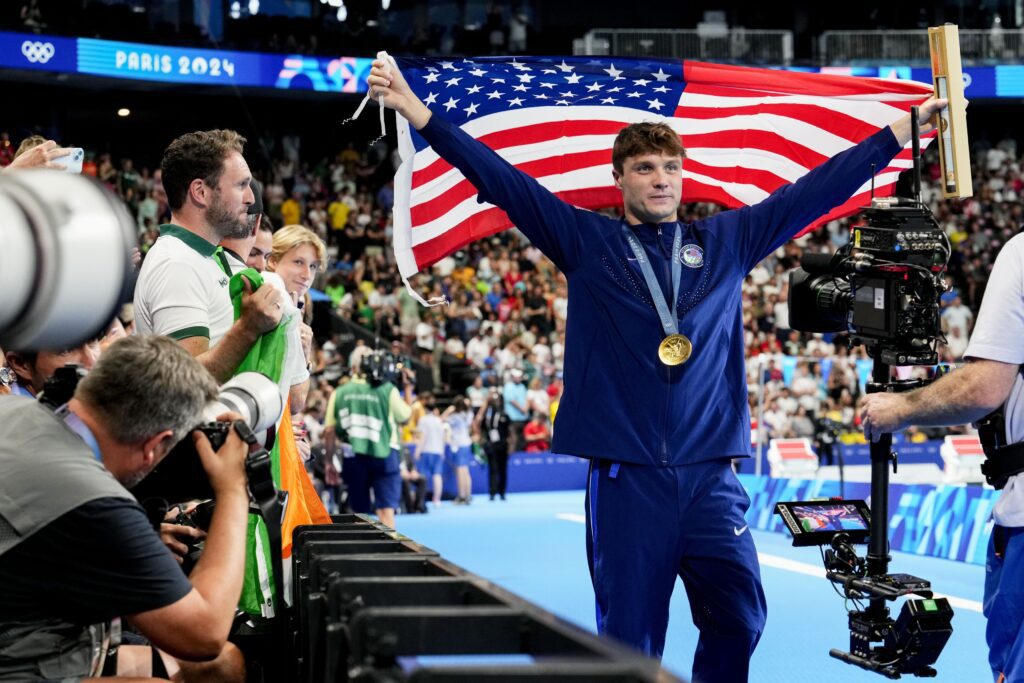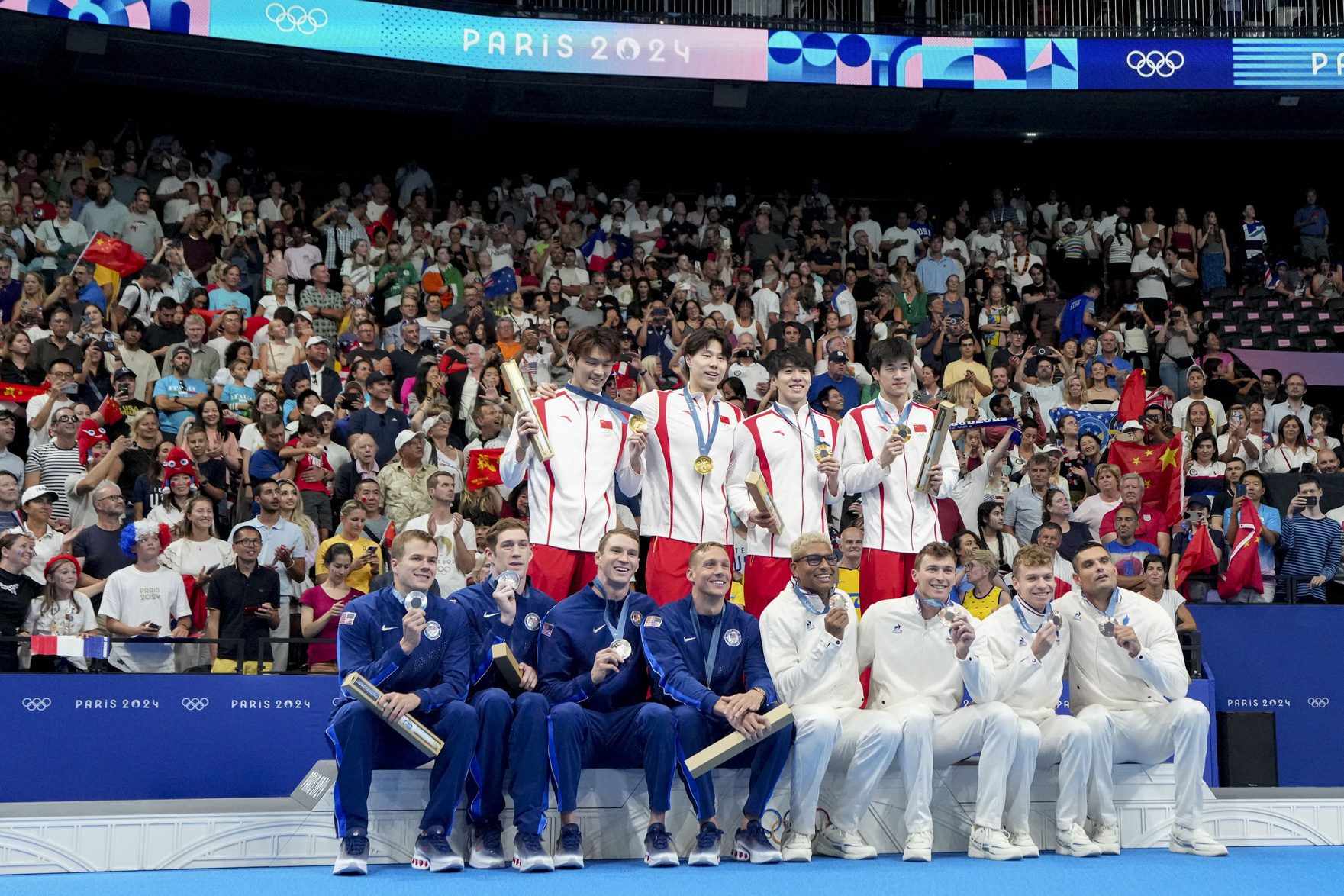Let’s dive into the record breaking times in USA men’s swimming and how American male swimmers have consistently pushed the boundaries of human speed in the water, setting remarkable records that continue to inspire new generations. From high school pools to Olympic venues, these athletes have redefined what’s possible in competitive swimming. Their achievements span decades, combining raw talent with groundbreaking training methods.
Throughout history, American swimmers have not just broken records – they’ve shattered them, often by margins that left the swimming world in awe. Their dedication to excellence has transformed swimming from a summer recreational activity into a year-round pursuit of athletic perfection. These accomplishments have inspired countless young athletes to dive into the sport, dreaming of one day adding their names to the record books.
The Michael Phelps Era
Michael Phelps revolutionized competitive swimming with his extraordinary performances and multiple world records. During his career, he set an astonishing 39 world records across various events. His 400m individual medley record of 4:03.84, set at the 2008 Beijing Olympics, stood as one of the most impressive achievements in swimming history. Phelps’s unique combination of perfect technique, unprecedented endurance, and remarkable underwater dolphin kicks helped him dominate the sport for over a decade.
Breakthrough in Sprint Events
The American sprint revolution in swimming has been remarkable. Caeleb Dressel emerged as the new face of sprint swimming, breaking records previously thought unbreakable. His 100m butterfly world record of 49.45 seconds showcased the evolution of sprint techniques. The introduction of advanced training methods and improved underwater techniques has helped American swimmers maintain their dominance in sprint events.
Distance Swimming Dominance
American men have shown exceptional strength in distance events. Bobby Finke’s emergence in the 800m and 1500m freestyle events marked a new era for U.S. distance swimming. The legacy started with Larsen Jensen, who held multiple American records in distance events. These swimmers revolutionized distance racing by developing new pacing strategies and implementing innovative training methods.
Modern Records and Training Evolution
Today’s swimmers benefit from advanced training technology and scientific approaches. Modern facilities, improved nutrition, and sophisticated data analysis have helped athletes optimize their performance. The current generation of swimmers uses underwater cameras, stroke analysis software, and customized training programs to find even the smallest competitive edge.
Key factors contributing to record-breaking performances include:
- Implementation of advanced pool technology
- Improved understanding of biomechanics
- Enhanced recovery methods
- Better nutrition protocols
- More efficient training techniques

Notable current American records include:

- 100m Freestyle: 46.96 seconds
- 200m Individual Medley: 1:54.00
- 200m Butterfly: 1:51.51
- 400m Individual Medley: 4:03.84
The evolution of swimming records reflects more than just athletic achievement. It demonstrates the continuous advancement in training methods, technology, and understanding of human performance. Coaches now employ sophisticated analytics to break down every aspect of a swimmer’s technique, from their start reaction time to their turn efficiency.

The impact of these records extends beyond the numbers. They inspire young swimmers across the country and establish benchmarks for future generations. High school and college programs use these standards to develop training programs and set goals for their athletes.
The future of American men’s swimming looks promising, with new talents emerging regularly. Young swimmers now have access to better coaching, facilities, and training methods than ever before. This combination of resources and inspiration from past champions continues to drive the sport forward.
Training has evolved dramatically in modern competitive swimming. Athletes now engage in specialized dryland exercises that target specific muscle groups used in different strokes and racing techniques. Mental conditioning has become equally important as physical training, with swimmers working alongside sports psychologists to develop focus, resilience, and race-day strategies.
Teams have embraced advanced recovery techniques, including cryotherapy, compression therapy, and specialized nutrition plans, helping athletes bounce back faster between training sessions. Coaches utilize precise stroke analysis through underwater cameras and computer software to identify areas for improvement down to the smallest detail. Additionally, swimmers follow customized strength programs designed specifically for their events and body types, ensuring they develop the exact power and endurance needed for their specialties.
The swimming community continues to watch records closely, knowing that new standards could be set at any major competition. With each passing year, training methods become more sophisticated, and athletes become more specialized in their events.
As technology and training methods continue to advance, many experts believe we have not yet seen the limits of human swimming potential. The next generation of American swimmers continues to chase these records, armed with better tools and knowledge than their predecessors had!









